Transplanting leggy seedlings
glimmer246
14 years ago
Featured Answer
Comments (19)
colokid
14 years agocalistoga_al ca 15 usda 9
14 years agoRelated Professionals
Barrington Landscape Contractors · East Hanover Landscape Contractors · Englewood Landscape Contractors · Fort Mill Landscape Contractors · Fort Payne Landscape Contractors · Pacifica Landscape Contractors · Roseville Landscape Contractors · Selden Landscape Contractors · Whittier Landscape Contractors · Brookfield Carpenters · Albany Fence Contractors · Catonsville Fence Contractors · Cockeysville Fence Contractors · Homestead Fence Contractors · Salt Lake City Fence Contractorstn_veggie_gardner
14 years agoandesgrrl
14 years agoKaren Pease
14 years agomayberrygardener
14 years agotyranodette
14 years agowordwiz
14 years agobitsya
14 years agomaps31
14 years agoskywoolf
14 years agowesternrider2991_yahoo_com
12 years agofoolishpleasure
12 years ago67jayhawk
12 years agopatreesh
12 years agopatreesh
12 years agofoolishpleasure
12 years agomandolls
12 years ago
Related Stories

GARDENING GUIDESSeeds or Seedlings? How to Get Your Garden Started
Growing delicious herbs and vegetables starts with knowing your goals and when you want to plant
Full Story
WINTER GARDENINGExtend Your Growing Season With a Cold Frame in the Garden
If the sun's shining, it might be time to sow seeds under glass to transplant or harvest
Full Story
PLANTING IDEASStretch the Budget, Seasons and Style: Add Conifers to Your Containers
Small, low-maintenance conifers are a boon for mixed containers — and you can transplant them to your garden when they’ve outgrown the pot
Full Story
EDIBLE GARDENSSummer Crops: How to Grow Tomatoes
Plant tomato seedlings in spring for one of the best tastes of summer, fresh from your backyard
Full Story
HOUZZ TVHouzz TV: How to Make and Plant a Veggie Box
See how to start edibles from seed, then transfer the seedlings to a box on stilts to make harvesting more fun
Full Story
LANDSCAPE DESIGNThe Unparalleled Power of Trees
Discover the beauty and magic of trees, and why a landscape without them just isn't the same
Full Story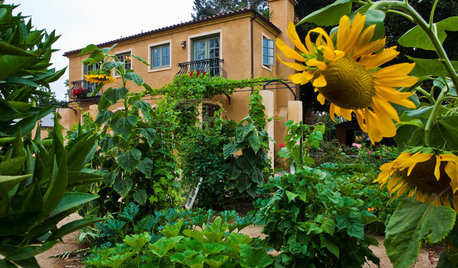
REGIONAL GARDEN GUIDESTexas Gardener's April Checklist
Get your sowing and planting on — spring brings a tantalizing array of possibilities in the garden
Full Story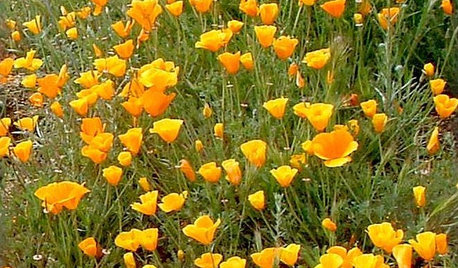
GARDENING GUIDESGreat Design Plant: California Poppy
Fall planting: California's state flower offers a glorious spring show and spreads readily in gardens under the right conditions
Full Story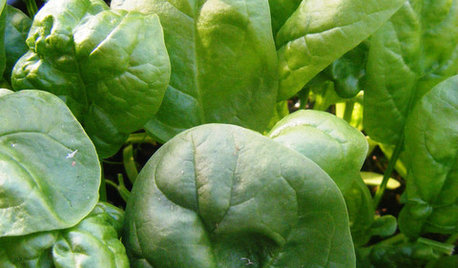
COOL-SEASON CROPSCool-Season Vegetables: How to Grow Spinach
Chock-full of antioxidants and iron, spinach is a nutrient-rich addition to your fall or spring garden
Full Story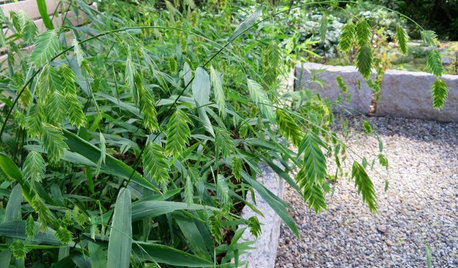
GARDENING GUIDESGreat Design Plant: Chasmanthium Latifolium
Inland sea oats is an easy native grass for a moist, shady garden spot
Full StoryMore Discussions







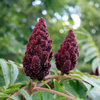
calistoga_al ca 15 usda 9